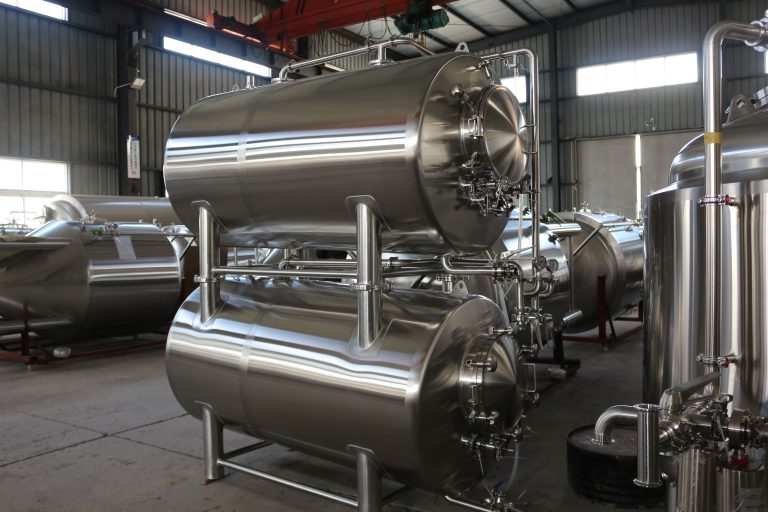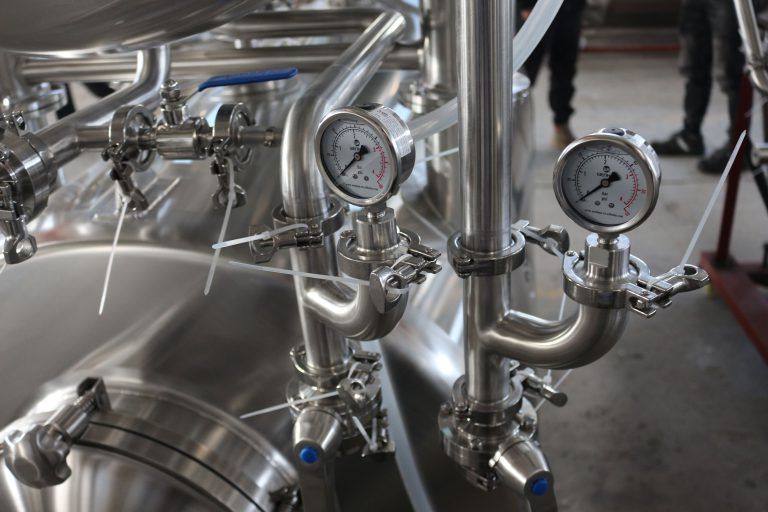Introduction

Coffee has become an integral part of daily life for millions around the globe. From its humble origins to the intricate processes of modern coffee-making, understanding the science behind this beloved beverage is essential for enthusiasts and professionals alike. In this blog post, we delve into the intricacies of the coffee tank, exploring its role in the coffee-making process and the scientific principles that underpin its functionality.
The Anatomy of a Coffee Tank
To comprehend the significance of a coffee tank, it’s imperative to first grasp its anatomy. A coffee tank typically consists of several key components:
- Water Reservoir: This is where the water for brewing is stored. It’s essential for maintaining a steady supply of water to the brewing mechanism.
- Heating Element: Responsible for heating the water to the optimal temperature for brewing coffee, typically between 195°F and 205°F (90°C to 96°C).
- Pump: The pump is tasked with transferring the heated water from the reservoir to the brewing chamber with the necessary pressure.
- Brewing Chamber: Where the magic happens. This is where the hot water comes into contact with the coffee grounds, extracting flavor and aroma to create the perfect brew.
- Filter: Prevents coffee grounds from entering the final brew, ensuring a smooth and sediment-free cup.
The Science Behind Brewing in a Coffee Tank
Brewing coffee in a tank involves several scientific principles at play:
- Temperature Control: The heating element regulates the temperature of the water, ensuring it remains within the optimal range for extracting the desired flavors from the coffee grounds. Deviations from this range can result in under-extraction or over-extraction, leading to a subpar brew.
- Pressure Dynamics: The pump creates the necessary pressure to push the hot water through the coffee grounds. This pressure is crucial for achieving proper extraction, as it facilitates the extraction of oils and solubles from the coffee grounds.
- Extraction Kinetics: The contact time between water and coffee grounds, along with factors such as grind size and agitation, determines the rate of extraction. Understanding these kinetics allows baristas to fine-tune the brewing process to achieve the desired flavor profile.
- Water Quality: The composition of the water used for brewing can significantly impact the flavor of the final brew. Factors such as mineral content and pH level can influence extraction efficiency and flavor perception.
The Role of Pressure in Coffee Extraction

Pressure plays a pivotal role in the coffee-making process, particularly in espresso brewing. The table below illustrates the relationship between pressure and extraction:
| Pressure (bar) | Extraction Efficiency (%) |
|---|---|
| 6 | 15 |
| 9 | 20 |
| 12 | 25 |
| 15 | 30 |
| 18 | 35 |
Conclusion
The coffee tank is more than just a reservoir for water; it’s a crucial component in the intricate process of brewing the perfect cup of coffee. By understanding the scientific principles behind its operation, coffee enthusiasts can elevate their brewing skills and appreciate the artistry involved in every sip.
FAQ
Q:What is the ideal water temperature for brewing coffee?
A:The ideal water temperature for brewing coffee is between 195°F and 205°F (90°C to 96°C).
Q:How does grind size affect coffee extraction?
A:Grind size influences the surface area exposed to water, affecting extraction kinetics. Finer grinds extract more quickly but can lead to over-extraction if not properly controlled.
Q:What role does water quality play in coffee brewing?
A:Water quality, including mineral content and pH level, can impact extraction efficiency and flavor perception. Using filtered water with balanced mineral content is recommended for optimal results.
Q:Is pressure important in coffee brewing?
A:Yes, pressure is crucial, particularly in espresso brewing, as it facilitates proper extraction of flavors and aromas from the coffee grounds.
Q:How can I improve my coffee brewing skills?
A:Experiment with different brewing parameters, such as grind size, brew ratio, and water temperature, to find the perfect balance of flavors. Additionally, invest in high-quality coffee beans and equipment for the best results.
By delving into the science behind coffee tanks, we gain a deeper appreciation for the complexities of coffee brewing and the role of technology in enhancing our coffee experience. Whether you’re a casual coffee drinker or a seasoned barista, understanding these principles can elevate your coffee game to new heights.

